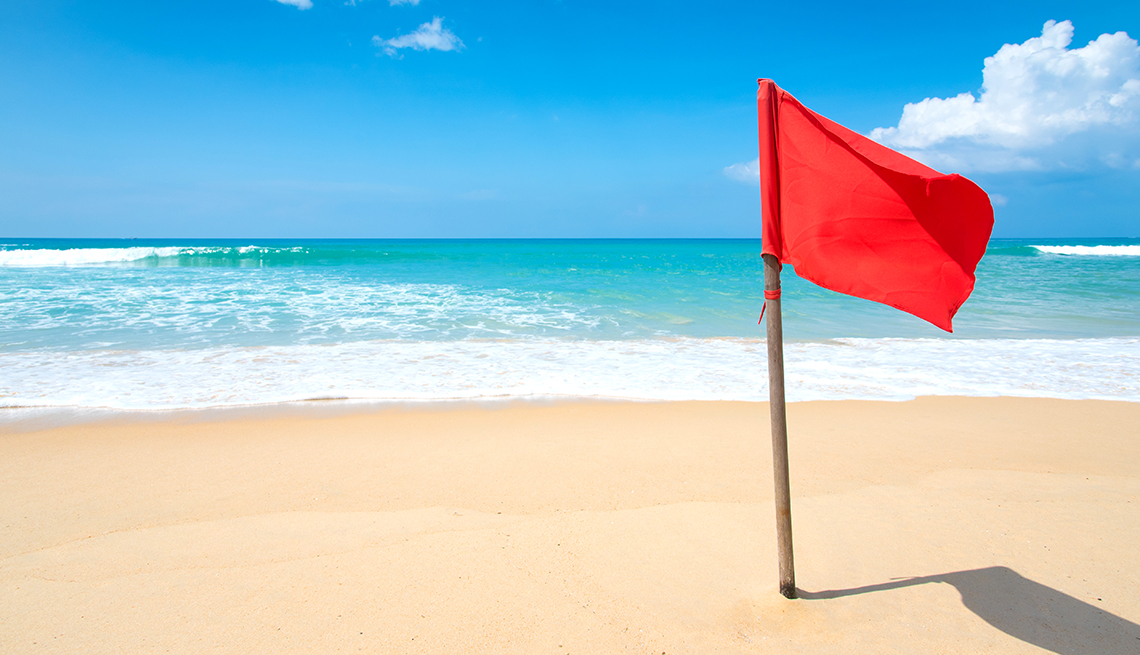Driving on the beaches of Florida can be an exhilarating experience, but the dangers of doing so during low tide must not be overlooked. Not knowing the terrain and being unfamiliar with the environment can lead to serious consequences, ranging from vehicle damage to injury or even death. Always exercise caution when driving on Florida’s beaches, as safety must come first.
Check the Laws Before You Drive the Beach
If you are planning a cool cruise down the beach, first make sure that the beach you have in mind allows it based on local laws and regulations. It is important to remember that going against the law can lead to stiff fines, vehicle impoundment, or worse. For this reason, always make sure to check with the local governing body before going out onto Florida’s beaches to ensure you are only driving in approved areas, not just for your safety but also for the cleanliness of your criminal record.
What is Low Tide?
Low tide refers to the period when the sea recedes, and the water level is at its lowest point. This occurs twice a day, usually around 10:00 AM and 10:00 PM on many Florida beaches. However, the exact time for low tide can change noticeably from region to region and throughout the year, so you should always check local weather forecasts for current low tide and high tide information.
During low tide, areas on the beach that were previously submerged may become visible, along with sandbars, reefs, and other features of the ocean floor. Some of the strongest shoreline or beach currents occur just before low tide. If someone is caught in these currents, then they can be pulled into the water and risk drowning or another injury as they collide with natural features revealed by the low tide.
Why Low Tide Beach Driving is Dangerous
People who drive on the beach must be especially careful during low tide because the ocean floor can have hidden hazards that may not be visible when the water is higher. Rocks, reefs, sandbars, and more can all be hidden right under the silt and sand. If a vehicle runs these features over, it can cause serious damage to the vehicle’s undercarriage and cause a sudden loss of control, resulting in a dangerous crash.
When in Doubt, Stay Off the Sand
Driving on designated roads and paths near the beach is safer than driving on sand and shorelines because they are constructed to provide a smoother and less hazardous surface. Roads and paths are often graded, meaning they have been cleared of large rocks, trees, branches, and other debris that could cause damage to your vehicle or become a hazard if you drive over them. Such roads are also typically placed well away from any area of the beach that could become inundated as the low tide shifts to the high tide. When in doubt, stay off the sand, and find a safer way to enjoy your beach day.





No comments:
Post a Comment